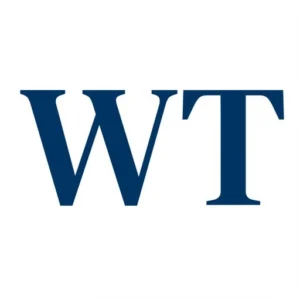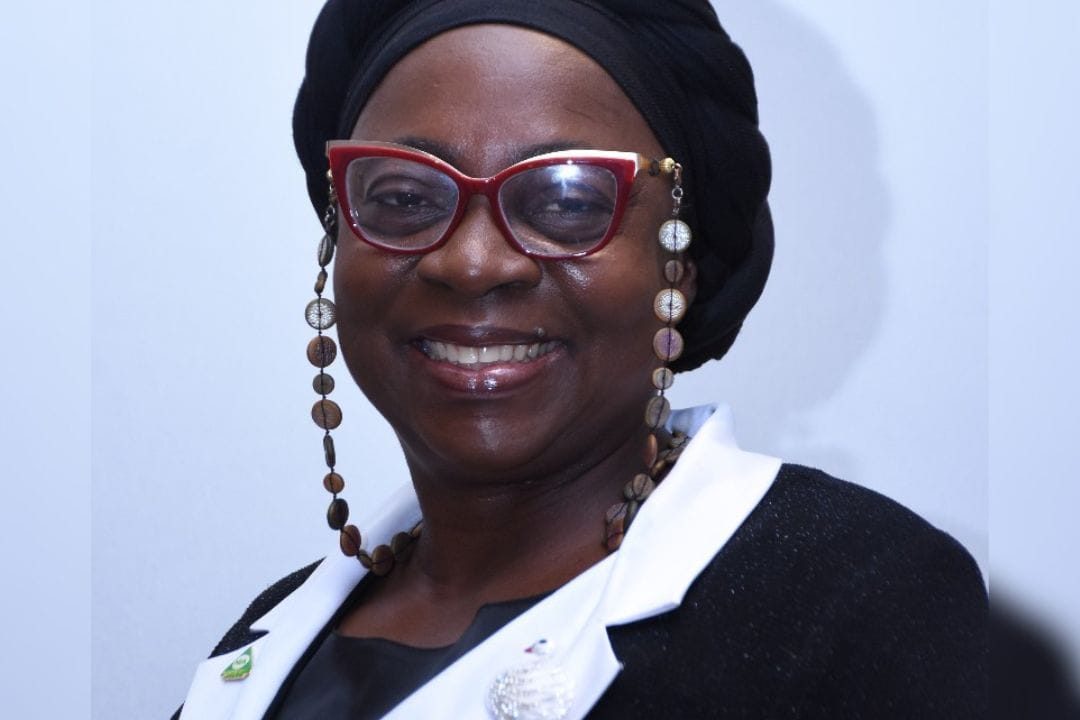
In a significant milestone for gender equality in business education, recent data reveals that women now constitute at least half of full-time Master of Business Administration (M.B.A.) students at the top prestigious business schools. This shift marks a departure from historical trends and signals a positive transformation in the landscape of business education, as more women are entering and excelling in traditionally male-dominated fields.
The data, gathered from top business schools, paints a promising picture of gender equality in M.B.A. programs. These institutions, known for their rigorous academic standards and influential alumni networks, have long been viewed as incubators for future business leaders. The fact that women now comprise 50% or more of the student body at these schools underscores a fundamental shift in the dynamics of business education.
To better understand this phenomenon, it is essential to delve into the specific enrollment figures of the top business schools. By examining the data, we can identify trends and patterns that shed light on the factors contributing to the increased representation of women. Analyzing the distribution of women across various business disciplines and program concentrations will provide insights into areas where female students are making the most significant strides.
The pursuit of gender parity in Europe’s top-rated MBA programs achieved notable milestones this year. The University of Oxford’s Saïd Business School, ranked ninth among European MBAs, reported a groundbreaking moment. This year, Oxford Saïd disclosed that 51% of its MBA intake is comprised of females, marking the first instance in one of Europe’s top-tier MBA programs where women surpass men in numbers. While a few other European schools have previously achieved an equal gender split, none held as high a rank for MBAs as ESCP and Saïd
Various factors are driving the change such as the societal, cultural, and institutional factors that have contributed to the closing gender gap in business education. There has been constant developments in recruitment strategies, scholarship programs, and outreach efforts aimed at attracting more women to M.B.A. programs. Organizations world-wide are mandatorily emphasizing on diversity and inclusion, which may be influencing women’s decisions to pursue advanced degrees in business.
Increased gender diversity in M.B.A. programs has the potential to reshape corporate leadership, foster innovation, and contribute to more inclusive workplace cultures. Examine the potential benefits for businesses and industries that prioritize diverse talent and leadership.
The shift towards greater representation of women in top-tier MBA programs signifies a transformative trend that is likely to have a lasting impact on corporate leadership and workplace dynamics. As more women attain advanced business degrees and access opportunities for leadership development, they are better positioned to break through traditional gender barriers.
However, it is also crucial to address any challenges or barriers that women may still face in navigating business school and entering the corporate landscape. Identifying areas for improvement will be essential for sustaining and expanding this positive trend.
















